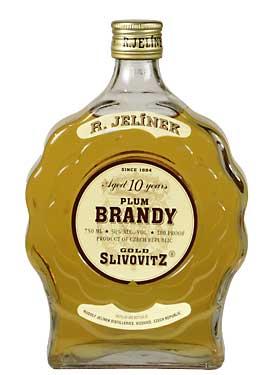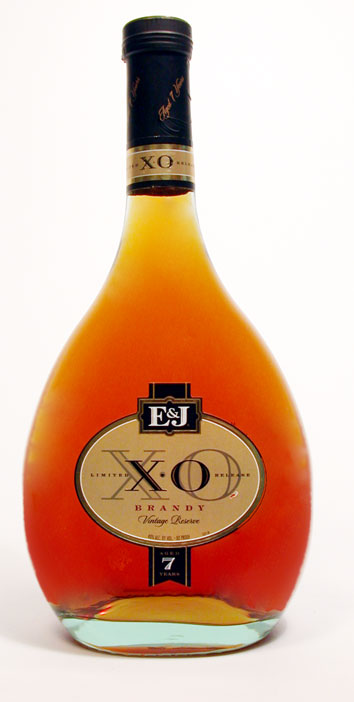COGNAC Brands
How did brandy come about?

In the 16th century, a brisk trade of wine existed between France and Holland. This trade was, of course, carried out on the sea utilizing war vessels, sometimes small sailing ships with limited cargo space. These circumstances caused the cost of shipping full casks of wine to be astronomical.
So, according to legend, there was a thrifty Dutch shipmaster who got the idea of concentrating the wine (removing the water) and transporting it in this form (sometimes referred to as the "soul" of the wine) to Holland, where the water could be put back. When he arrived in Holland, however, his Dutch friends tasted the concentrated wine and liked it just as it was and insisted he not put the water back in. The concoction grew in popularity and later became known as brandewijn (or "burnt wine") and then shortened to the present-day word: brandy.
What is the difference between Cognac and brandy?
Cognac is a brandy. It is a brandy, however, that comes from the Cognac region of France which is noted for its special process of distillation as well as its ideal soils and climate for the production of brandy. Therefore, all Cognac is brandy. Not all brandy is Cognac, however. Brandy made outside the Cognac region of France may not be called Cognac and can only be referred to as brandy.
How is brandy made?
The wine is put into a distilling apparatus which consists of a simple boiler, topped by a metal hood to collect the vapors as they pass through the condenser and converted back into liquid, where the brandy is colorless and roughly 70% alcohol (140 proof). It is then aged in wood casks ("limousin oak," if Cognac) for a number of years, which gives it its distinct, dark amber color. As it ages in the barrel, alcohol evaporates more quickly than water, allowing the strength of the liquor to lower as time goes on. After the set number of years of aging, the brandy is removed and adjusted to shipping strength (40-43%) with the addition of distilled water, as needed.
What do all of those letters on the label mean?
Distillers of "higher end" brandies and Cognacs use letters to indicate the quality of their products. Interestingly, these letters represent English words and not French. They are as follows:
E is Especial
F is Fine
V is Very
O is Old
S is Superior
P is Pale
X is Extra
C is Cognac
With this in mind, let's take into consideration some Hennessy Cognac products:
Hennessy V.S. Cognac is: Hennessy Very Superior Cognac
Hennessy V.S.O.P. Cognac is: Hennessy Very Superior Old Pale Cognac
Hennessy X.O. Cognac is Hennessy Extra Old Cognac

What does all that mean? Well, like any other aged liquor, the longer it is aged in the barrel, the smoother and more expensive it will be. Therefore, the VS (without an "old" denomination) is, likely, their youngest and most reasonably priced Cognac. The VSOP is still Very Superior, but also has Old in its denomination, and therefore will be slightly smoother and slightly more expensive. And the XO will have even more years under its belt in the barrel, and will be even smoother and even more expensive.
Which brandy should I drink or serve?
Which Cognac should I drink or serve?
Again, your choice in brandy or Cognac depends on what your intended use for it is. Since brandy is often used in cooking recipes, there is a question of how good does the brandy need to be if you're just going to be cooking with it? So, I've broken down the brandies and Cognacs into three categories: Top Shelf, Middle-Class, and Budget Models. If you're enjoying some fine-dining at a restaurant or dinner party and an after-dinner brandy is an option, I would look to the Top Shelf brands. If you would like to experiment and find a more reasonably-priced brandy or Cognac that you might enjoy, give the Middle-Class brands a "shot." The Middle Class brandies/Cognacs are also good for when you want to splurge and use a higher-quality product in your cooking recipes rather than using the cheapest. And, if you're just using brandy for cooking or you're on a budget, the Budget Model brands are where to go
- Grand Marnier (17/07/2013)
- About Rémy Martin Cognac (09/06/2013)
- Hennessy Black Wine (06/06/2013)
- Hennessy XO (04/06/2013)
- Marcel Lapierre (26/05/2013)
- Camus Cognac (15/05/2013)
- What does Napoleon have to do with Cognac anyway? (13/05/2013)





